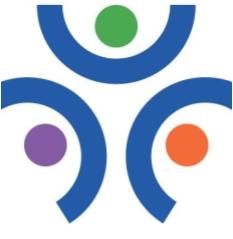As learning disabilities including ADD and dyslexia become less stigmatized, parents and students alike are more likely to reach out for resources to help guide them, including IEPs and local special education schools. And learning differences may be far less rare than previously thought.
The first time ADHD was mentioned was in 1902 by a British pediatrician named Sir George Frederic Still, who described it as “an abnormal defect of moral control in children.”
We have certainly come a long while since the days of Dr. Still, but there remains a fair amount of prevailing misinformation about learning disabilities, making them difficult to diagnose, much less treat. But parents will be relieved to hear that neurodiversity may be much more common than we ever thought in decades past.
Rates of Learning Disabilities in Michigan
It’s safe to say that due to the differences in presentation between genders, the high rates of comorbidity, and the fact that many students with learning disabilities are otherwise very bright, it can be very difficult to notice they need extra help. This is especially true for slightly lesser-known disorders like dyscalculia or dysgraphia. But this doesn’t mean that they aren’t common.
According to a recent state snapshot, the rate of learning disabilities in Michigan is one in five. Close to 62,000 students with learning disabilities in our state were identified in the 2015-2016 academic year alone. The vast majority of those students attended public school, rather than an immersive special education school, but many used IEPs and 504 Plans.
Interestingly, the rate at which Michigan public school students received special education is 12.3%, in comparison to the national average of 12.2%. Michigan, in this sense, is paving a path for non-traditional education plans for students. Plus, schools like ours provide alternative education for students who are not thriving in public school.
Sources for Further Information
Fortunately, there is still a fair amount of information available. The official education data source for the state of Michigan is a comprehensive resource for parents and educators interested in learning about the prevalence of specific learning disabilities and developmental disabilities ranging from autism spectrum disorder to various types of speech and language impairments and traumatic brain injuries.
This data source also enables parents to search by age range and educational setting and demographics, narrowing their focus even further. The website is very easy to navigate and provides a wealth of information.
This overview might not give you everything you need, but it definitely covers a lot of ground. The more knowledge a parent has about their child’s specific condition, the more empowered they can be to make the right choices relating to their education.
Here in the Grand Rapids area, we are leading the way in regard to special education for students, emphasizing early intervention, low student-to-teacher ratios, and engaging teaching strategies.






